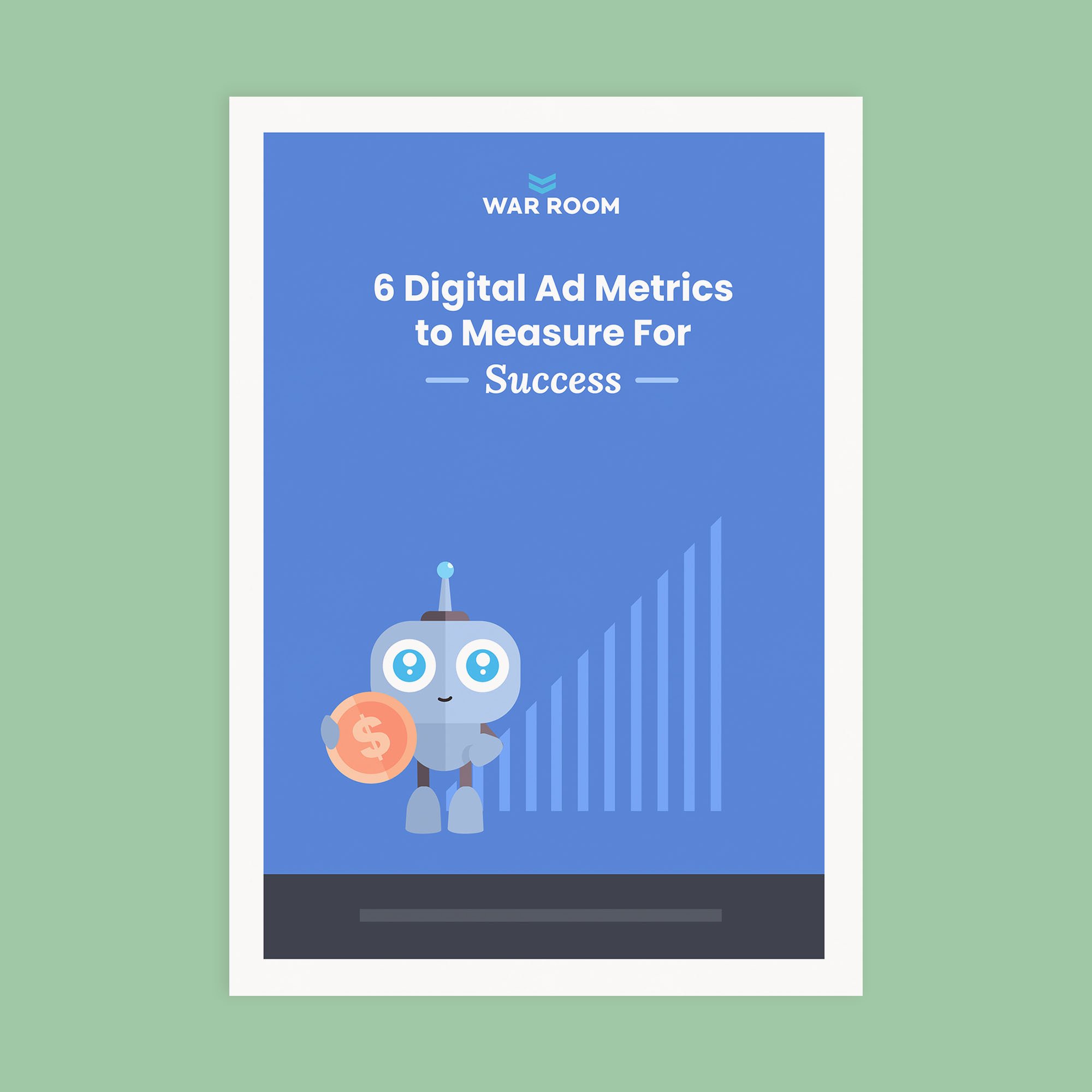Welcome to 2022!
We figured we’d kick off the new year with a post on a change coming to effect very quickly that will shake the advertising industry!
Meta, Facebook’s parent company, announced in November 2021 that they would be removing specific audience targeting options.
What Lead to Facebook Updating Their Targeting Options?
It meant we could serve highly-personalized ads and anticipate a decent Return on Ad Spend (ROAS). Facebook Ads have always been a vital channel for most brand advertisers.
However, this also became a double-edged sword in many ways. Facebook faced criticism for allowing for discrimination in its ads. For example, in 2019, the US Department of Housing & Urban Development claimed the ad platform enabled home sellers and landlords to restrict who could see their ads based on people’s national origin, race, and religion.
As a result, Facebook introduced the Special Ads Category, which forbade advertisers from targeting certain people for housing, credit, or job opportunities. That’s why if your product offering falls under these categories, Facebook may reject your ads due to stricter guidelines. Revisions might need to be made to your ad copy, imagery, or targeting.
PS. As an agency, we work with our Facebook rep to ensure our clients’ ads follow the guidelines and ads are greenlighted and launched successfully!
Meta’s VP of Product Marketing (Ads), Graham Mudd stated in a blog post that this change is a “difficult decision.” But the goal is to:
What is Facebook Changing to Audience Targeting?
- Race & Ethnicity
- Political Belief (social issues & causes, organizations, and figures, such as political party or candidate)
- Religion
- Sexual Orientation
- Health Conditions etc
Examples of removed keywords from targeting might be “chemotherapy,” “Catholic Church,” etc. So, hypothetically, a pharmaceutical company may no longer directly choose to target those who have diabetes.
The change means advertisers have to pivot and think of other ways to serve their ads on Facebook (and Instagram) to their target audience. You can imagine the panic that’s broiling for everyone in the advertising industry!

What Are the Changes Happening to Facebook Audience Targeting?
So far, here are some things we know from Meta’s announcement.
Facebook says if you already have campaigns running targeting the soon-to-be eliminated parameters on January 19th, they will be allowed to be served to your target audience until March 17, 2022. Until then:
- Advertisers will be able to edit most things at a campaign level (such as campaign name, spending limit, etc.), without impacting the targeting.
- If you make changes at an ad set level, it might affect your target audience (ad placement, targeting options, etc.). Changes you can still make at an ad set level include flight dates and budget.
- If you pause your ad set before March 17, 2022, you won’t be able to turn that ad sets back on without it automatically updating to the new targeting options. So your audience targeting settings will be impacted.
- If you don’t have active ads in that ad set, Facebook will turn the ad set off.
- At the ad level, you’ll still be able to add new ads or edit existing ads with new copy and creative.
- After March 17, 2022, it will no longer be possible to edit existing campaigns that are impacted by the audience targeting changes. No edits will be available at the campaign, ad set, or ad level.
What Can We Do About the Facebook Audience Targeting Change?
- Lookalike audiences
- Location targeting
- Engagement Custom Audiences
There is no doubt the digital industry is headed towards a cookieless and privacy-centric future.
What are some things you can do right now to prepare for it?
Build Relationships With Your Consumers Directly
Ever since Google announced that they’d be retiring third-party cookies in 2023 a few years ago, here at War Room’s Advertising Institute, we’ve been emphasizing the importance of building first-party data. There has been a distinct shift towards data privacy across the tech industry. Facebook is no different. The updates they’re changing are to address the sensitivity of hyper-targeted ads.
First-party data can be collected through lead generation and nurturing. Brands need to provide value for consumers to provide their contact information willingly. May it be a landing page with a downloadable, a newsletter informing them of your latest offers, etc. This way, you create rapport by engaging with your audience, but you also have their data to create Lookalike audiences on Facebook.
Think with Google had a PepsiCo case study on 3Xing their ROI by building direct relationships with their customers.
In 2022, be sure to review your brand’s digital marketing customer journey and think of other ways you can connect with them.
Track All Appropriate Metrics and Data
Programmatic ad tech simplifies this integral step in digital advertising. It consolidates all of your ad channels into one ecosystem.
Data tells a story. You learn about your audiences’ behavior through the performance of your ads. That’s where you find areas of opportunity to make optimizations.
Did you know that UK online clothing retailer ASOS increased conversions by 31% by using first-party data to measure their ad campaigns?
With Facebook’s update to audience targeting, you should track visitors to your website and leverage user ID. At War Room, we’re a programmatic ad agency and have a proprietary ad stack, Kedet, that consolidates all of your channels into one ecosystem. So the data you’re collecting from other channels, such as Google Search or Display, can be used as targeting options that can then feed into your Facebook ad account.
Download our 6 Digital Ad Metrics to Measure for Success. Find out if there are any crucial KPIs you’re missing out on:
PS. Last year, our most popular blog article was “How iOS14.5 Will Impact Your Facebook Ads”. Tens and thousands of brands and advertisers had come to our site seeking more information on these industry changes.
Leverage Data Insights to Run Relevant & Performance-Driven Ads
After January 19th, you might not be able to target specific niche categories, but that doesn’t really matter if you follow the previous two steps: creating a relationship with your consumers, properly tracking ad metrics. Now, that brings us to this third point.
By understanding your target audiences’ interests, needs, pain points, etc., you can create offerings and ads geared towards them. It’s highly relevant, and they are more likely to convert.
Ad dollars are precious. “Spraying and praying” is not the way to go. In a survey by Adlucent, 71% of people said they prefer ads tailored to their personal interests and shopping habits. You need to be a precision sharpshooter!
Rituals, a bath and body retail brand, utilized its first-party data insights to find more valuable customers in a campaign. They saw an 85% increase in conversions by doing so!
Final Words
In 2022, your ad strategy should focus on building a solid foundation of first-party data.
This Facebook change won’t ruin anything. Sure, it’s a hurdle we have to work our way around creatively. But remember last year when iPhones started allowing users to opt-out from being tracked? It was a hiccup, but we advertisers took it like a champ! Stay agile on your feet and you’ll be ready for whatever the digital industry has in store for us next.
Subscribe to our newsletter to keep updated with digital advertising tips and trends. At War Room, we stay ahead of the curve by learning and building our workarounds and solutions. If you want peace of mind and a deeper understanding of your data insights, contact us below and see if we’re a good fit for your business!
Let's Work Together
Say hello to customized advertising strategies that convert.
Get in touch with our programmatic experts today!












